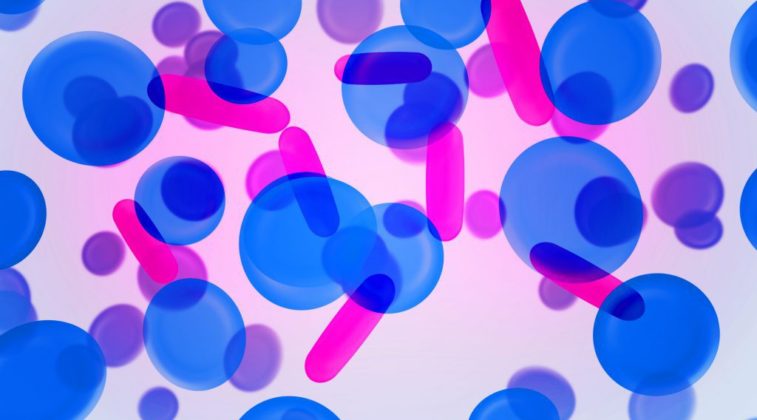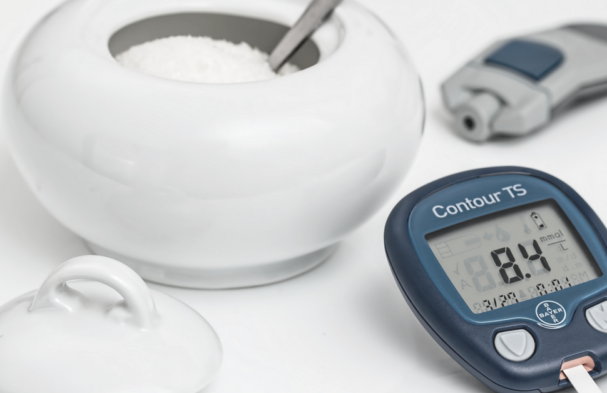
With all our talk of the microbiome, we thought it might be helpful to spend some time explaining it in more detail.
So… what is a microbiome?
The term “microbiome” doesn’t specifically pertain to humans. It refers to a collection of microbes that inhabit an environment, kind of like a mini-ecosystem. The human microbiome is comprised of microbes (including bacteria, bacteriophage, fungi, protozoa and viruses) that live inside and on the human body. Trillions of organisms make up our microbiome, a number that is similar to the total number of human cells in our bodies.
These communities of microbes inhabit all different parts of our body, including our gut. The bacterial population of microbes includes friendly bacteria, or ”symbiotic” bacteria, that may offer a mutually-beneficial relationship to humans. In contrast, the not-so-friendly bacteria, otherwise known as “pathogenic,” may cause disease in some situations, but not all. Finally, there are the neutral bacteria, or “commensal,” which don’t cause too much trouble, or provide many benefits either. What determines how the pathogenic bacteria operate is how the puzzle pieces of your microbiome connect together and make up the entire picture. Pathogens are usually smaller in number, and might even have some beneficial effects.
Ok, got it – the microbiome is a pretty big deal, but what sort of benefits can it provide?
The Human Microbiome provides essential benefits for our health and survival. Our immune system is determined by our microbiome and can help our body judge whether something entering is a friend or foe. It prevents the host from attacking itself and is our first, second and third line of defense. The gut microbiome, something that DayTwo takes a great interest in, is involved in the breakdown and absorption of nutrients. Without it, we would have trouble extracting nutrients and energy from our food.
And where exactly does the microbiome come from?
Primarily the environment. When we are born, our first exposure to the environment is the birth canal and then the mother’s milk. This will play a huge factor in influencing your microbiome. Afterwards, dietary, familial and environmental exposures through early years will help cultivate our mini-microbial ecosystems.
How can this information help us today?
In recent years, there has been a rise in gut-related illnesses, partially due to the increase in antibiotics usage and more sterile living environments. Research has shown associations between gut flora and all metabolic processes that take place in our body. We know that bacterial imbalances can affect immune health, psychological wellbeing and is linked to many chronic illnesses. As we perform more and more research in the area of the microbiome and its impact on health, we can develop new technologies (such as DayTwo’s nutrition app) that can aim to improve human health and reduce the risk of disease.

